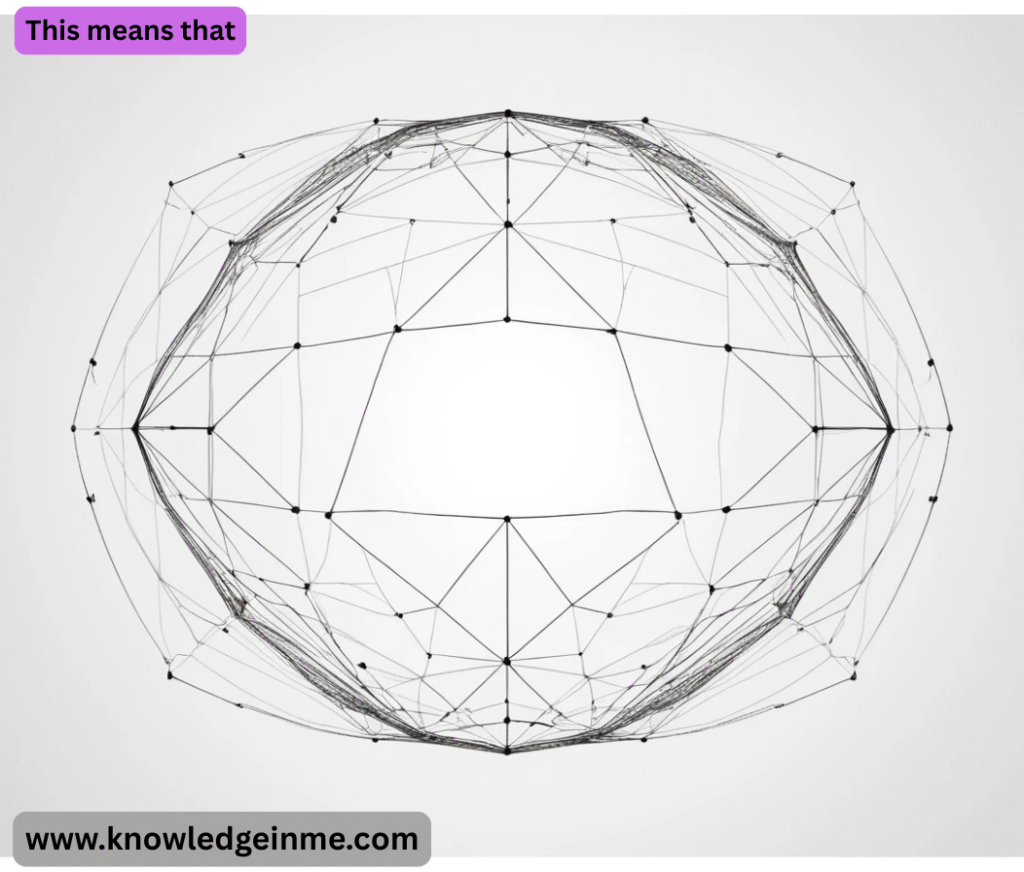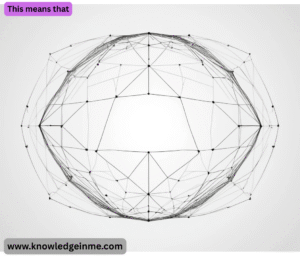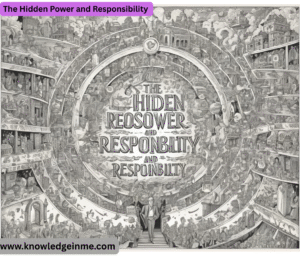This means that Of course. The phrase “This means that…” is a signal that the speaker or writer is about to provide an interpretation, conclusion, or implication of the information that was just presented. It acts as a bridge between a fact, observation, or statement and its deeper significance. Here’s a breakdown of what it does and how it’s used, with examples.
It Provides Explanation or Clarification
- It’s used to rephrase something in simpler terms or to explain what something implies.
- Interpretation: “This means that they are likely preparing for an economic downturn or trying to conserve cash.”
Statement
- It explains the real-world effect of an action or event.
- Statement: “You have exceeded your monthly data cap.”
- Consequence: “This means that your internet speed will be reduced until the next billing cycle.”
It Reveals an Underlying Truth or Subtext
- It uncovers what is really meant, especially in situations where the meaning isn’t directly stated.
- Statement: “My boss said, ‘This report is certainly… ambitious.'”
- Subtext: “This means that she actually thinks it’s messy and unrealistic.”
Going Beyond the Basic Interpretation
- While the core function is to explain or interpret, the phrase operates on several levels:
The Bridge Between Abstract and Concrete:
- It’s often used to connect a theoretical concept to a real-world example, or vice-versa.
- Concrete: “This means that if a new smartphone becomes incredibly popular (high demand) and there’s a shortage of parts (low supply), its price will almost certainly go up.”
A Tool for Logical Deduction:
- In arguments and analysis, it’s the chain link that connects evidence to a claim.
- Evidence: “All recovered fingerprints at the scene match the victim and the butler. The security system logs show no unauthorized entries.”
- Deduction: “This means that, logically, the butler must be involved. The evidence points to no one else.”
A Revealer of Assumptions:
- The phrase often exposes the unspoken beliefs or values that connect a statement to its interpretation.
- Statement: “She didn’t reply to my text within an hour.”
- Interpretation (revealing an assumption): “This means that she’s ignoring me or she’s angry.”
- The assumption here is that prompt replies are the only indicator of interest or mood, which may not be true.
Potential Pitfalls and How to Avoid Them
- The phrase is powerful, but it can be misused.
The Fallacy Leap:
- The biggest risk is asserting a conclusion that doesn’t logically follow. This often happens when personal bias is presented as fact.
- Weak: “He didn’t laugh at my joke. This means that he has no sense of humor.” (It could mean the joke wasn’t funny, he was distracted, etc.)
- Stronger: “He didn’t laugh at my joke. This could mean he didn’t find it funny, or it might simply mean he was preoccupied with something else.”
Overuse:
- Using “This means that…” to start every single explanation can make your writing repetitive and clunky. This is why having alternatives is crucial.
Stating the Obvious:
- Sometimes, the meaning is already perfectly clear, and using the phrase is redundant.
- Redundant: “It’s raining outside. This means that water is falling from the sky.”
- Useful: “It’s raining outside. This means that the picnic is canceled.”
The Anatomy of Meaning-Making
- The phrase “This means that…” is a performative utterance. You are not just describing a connection; you are actively creating meaning in that moment. It consists of three parts:
- The Signifier (“This”): The thing to be interpreted—an event, a word, a data point, an action. It’s the raw material.
- The Verb of Interpretation (“means”): This is the act of linking.
- The Signified (“that…”): The concept, consequence, or interpretation itself. This is the meaning you are assigning.
- This simple structure is the foundation of how we build understanding, narrative, and shared reality.
The Spectrum of Meaning: From Denotation to Connotation
- The phrase can be used to navigate two different types of meaning:
- Denotative Meaning (Dictionary Definition): The literal, objective, agreed-upon meaning.
- Statement: “The sign says ‘Détour’.”
- Interpretation: “This means that the road is closed and we have to take a diversion.” (This is a direct, factual translation.)
- Connotative Meaning (Cultural/Emotional Subtext): The emotional, cultural, or implied meaning. This is where interpretation becomes subjective and powerful.
- Statement: “He gave her a single red rose.”
- Interpretation: “This means that he is romantically interested in her.” (This interprets the cultural symbol of the red rose, not just the physical object.)
The Hidden Power and Responsibility
- Using “This means that…” is an act of authority. You are positioning yourself as an interpreter of events. This carries immense power and therefore, responsibility.
- In Leadership: A CEO says, “Our competitors are failing. This means that we have a historic opportunity to capture market share.” This isn’t just an observation; it’s a framing device designed to motivate and direct the company’s energy.
- In Politics/Media: A pundit says, “The government is raising interest rates. This means that they are trying to cause a recession to hurt working people.” This is not a neutral fact; it’s a political interpretation designed to assign motive and create a narrative.
- In Personal Relationships: “You forgot our anniversary. This means that you don’t value our relationship.” Here, the speaker is defining the reality of the relationship based on an action. This can be a constructive way to express a feeling or a destructive way to launch an accusation.
- The danger lies in presenting a subjective connotation as an objective denotation. The most persuasive and often manipulative communicators are those who can state their interpretation as if it were an undeniable fact.
The Counter-Question: “What Else Could It Mean?”
The true mark of critical thinking isn’t just creating meaning, but questioning it. The most important response to any “This means that…” statement is to ask:
- “What else could this mean?”
- “Is that the only possible interpretation?”
- “Says who?”
- This practice, often called “re-framing” or “generating alternative hypotheses,” is the antidote to dogmatic thinking.
- Initial Interpretation: “My friend didn’t invite me to her party. This means that she’s mad at me.” (This creates a reality of conflict and rejection.)
- Alternative Meaning 1: “Could it mean that it was a work event and only colleagues were invited?”
- Alternative Meaning 2: “Maybe it means she thought I was out of town that weekend?”
- Alternative Meaning 3: “Perhaps it means it was a very small gathering, and she could only invite a few people.”
- By generating alternatives, you move from a fixed, often negative, interpretation to a more flexible, nuanced, and accurate understanding of the world.






